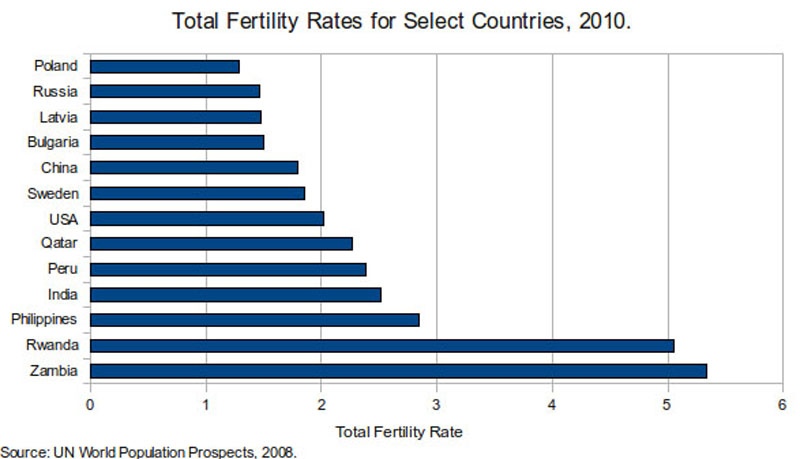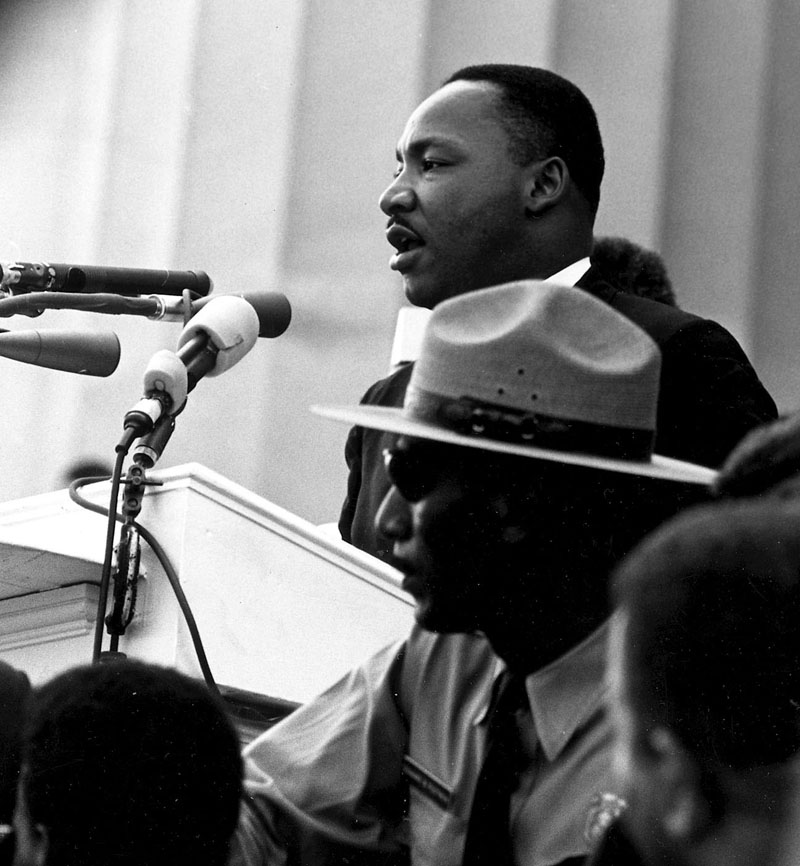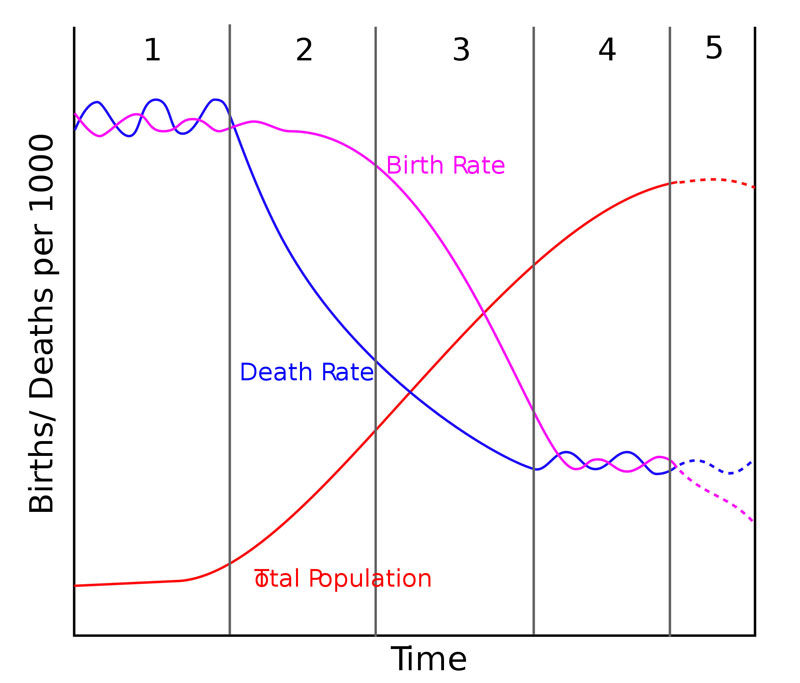Demographics
- Demography is the statistical study of populations, including of human beings.
- The fertility rate of a population is the average number of children that would be born to a woman over her lifetime if she were to experience the exact current age-specific rates of fertility through her lifetime, and she were to survive from birth through the end of her reproductive life.
- The mortality rate is a measure of the number of deaths (in general, or due to a specific cause) in a particular population, scaled to the size of that population, per unit of time.
- Immigration is the movement of people into a destination country to which they are not native or do not possess its citizenship in order to settle or reside there.
- Emigration is the act of leaving one's native country with the intent to settle elsewhere.
- Demographic transition refers to the transition from high birth and death rates to low birth and death rates as a country develops from a pre-industrial to an industrialized economic system.
- A social movement is a type of group action. It is a large, sometimes informal, groupings of individuals or organizations which focuses on specific political or social issues.
- Urbanization is a population shift from rural to urban areas and the ways in which each society adapts to the change. It is predominantly the process by which towns and cities are formed and become larger as more people begin living and working in central areas.
- Globalization is the process of international integration arising from the interchange of world views, products, ideas, and other aspects of culture.

Total Fertility Rates for select countries in 2010. The source is the UN World Population Prospects: 2008 Revision.

The Rev. Martin Luther King Jr. led the American Civil Rights Movement, one of the most famous social movements of the 20th century.

Guangzhou, a city of 12.7 million people, is one of the 8 adjacent metropolises located in the largest single agglomeration on earth, ringing the Pearl River Delta of China.
